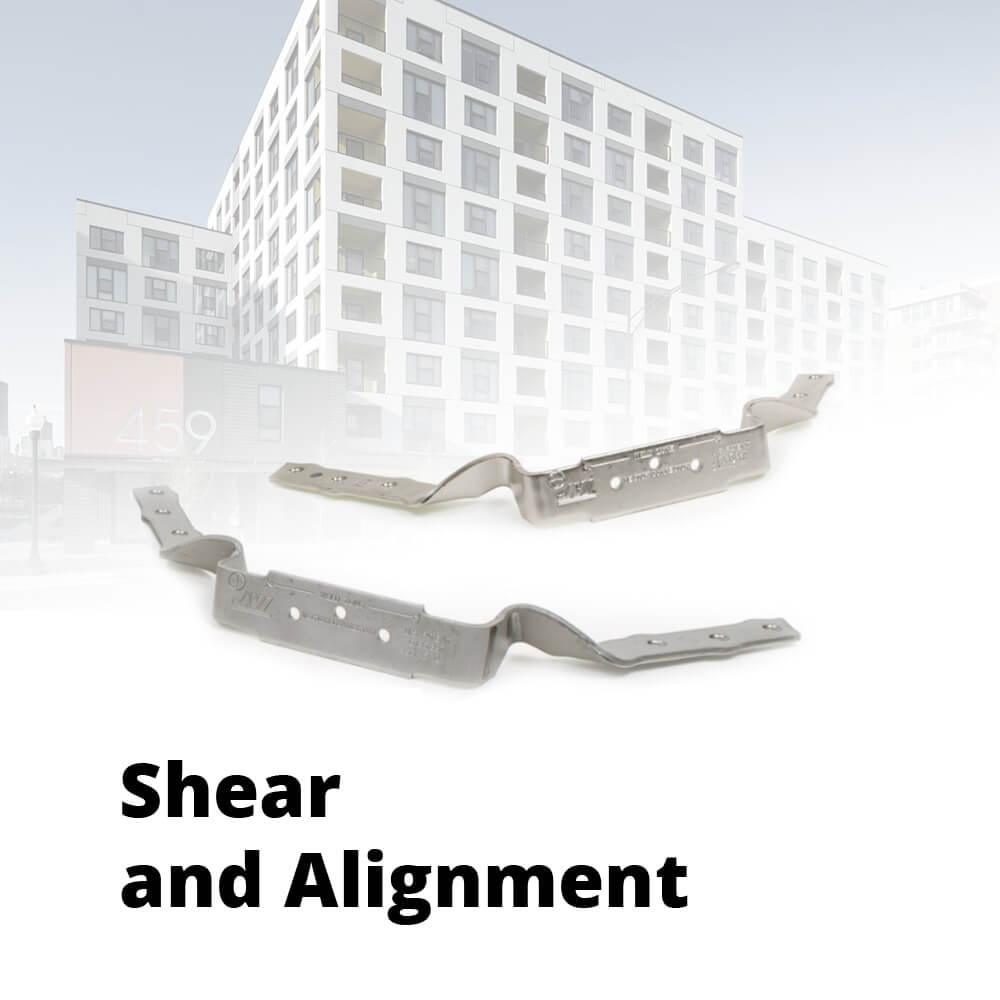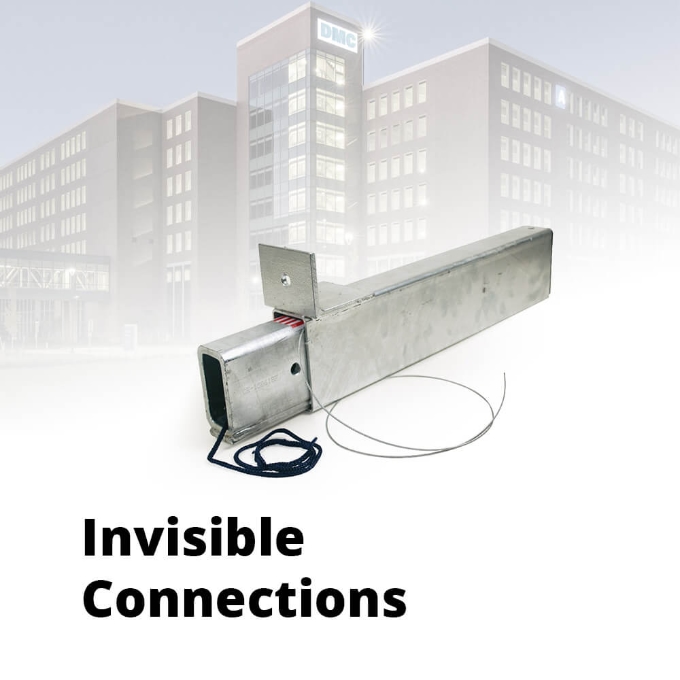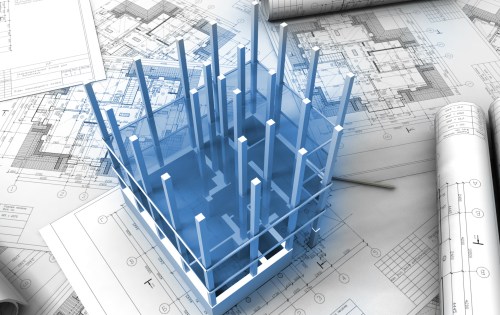
Using BIM with the AEC community
Credit: Original article published here.
In the last ten years, the Architect/Engineer/Contractor (AEC) community has begun to drastically change how it develops projects. The tools that are available to them are many, but the one constant that is shaping how projects come together is 3D modeling. Using 3D modeling for project development and information sharing is known throughout the community as Building Information Modeling, or BIM. This is a very useful tool but, as with all tools, it needs to be used properly to maximize the benefit it can bring. The design team has to develop a plan early on to get the best benefit for the project.
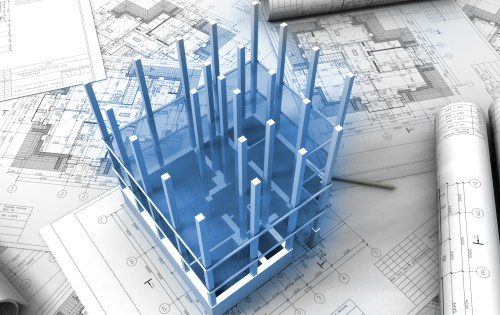
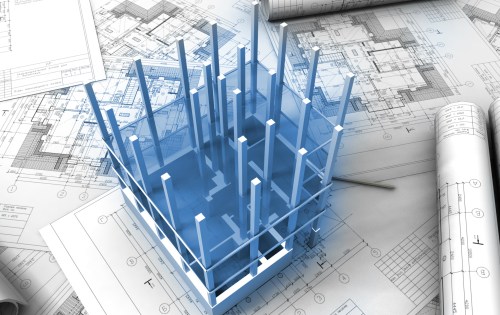
In the Denver market, BIM is mostly used with the Autodesk product Revit. Wells Concrete in Denver has converted their project detailing base format to Revit. This base format change, has created some enlightenment on how best to offer precast design assistance to the design community. Traditionally, the architect and engineer do their drawings independently. Now with BIM, model sharing between disciplines has become common place. Not only do the architect and engineer model the project, the major subcontractors have begun to do the same. Along with the precaster, the steel, mechanical and plumbing contractors are adopting BIM. With this in mind, it is a natural progression that the precaster starts offering their assistance in project development early to help the design team understand and use the precast model to optimize the understanding of the precast structure and how all of the other systems are going to work with the precast.
When the structure is an total-precast structure, whether it be an office building, food processing facility, school or parking deck, the design team will have the ability to incorporate the precast model into their own model. Knowing not all designers have complete knowledge of precast systems, it will give better opportunity for the AEC team to understand the precast system and how it will work with other major trades. Trade conflicts and constructability concerns that have typically happened in the field can quickly be identified and minimized, if not eliminated, with good collaboration. The reduction of field issues would be a great way to insure cost and schedule for not only the owner, but the trade partners as well.
Taking the BIM experience to a new level would then be incorporating the time and cost models into the BIM environment. Precast is the perfect BIM system to show installation schedule and project areas that can be turned over to the general contractor for early access for other trades. These other trades can then develop plans for these areas and how best to utilize the space for their installation. Based on the installation rates, costs for the installed material and the subsequent cash flows can be more accurately predicted, enabling the general contractor and owner to justify their billings. Whether it be design assistance, cost or schedule, using precast and BIM is a win-win for all parties.
Involve your precaster early and often.
Kevin O’Connell
Client Services


